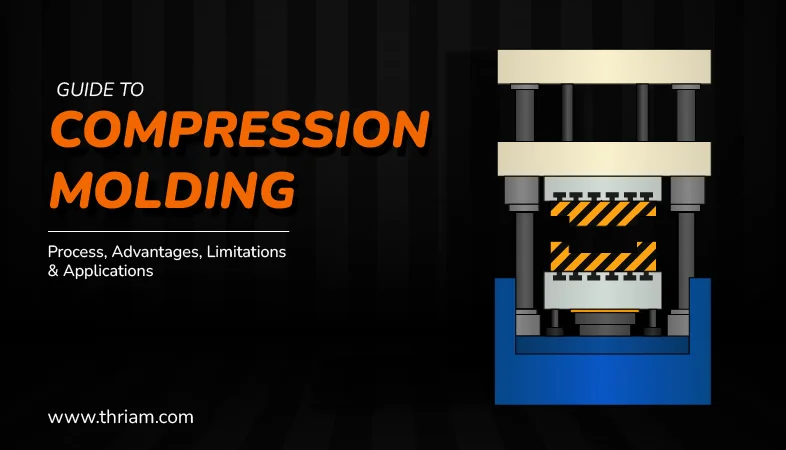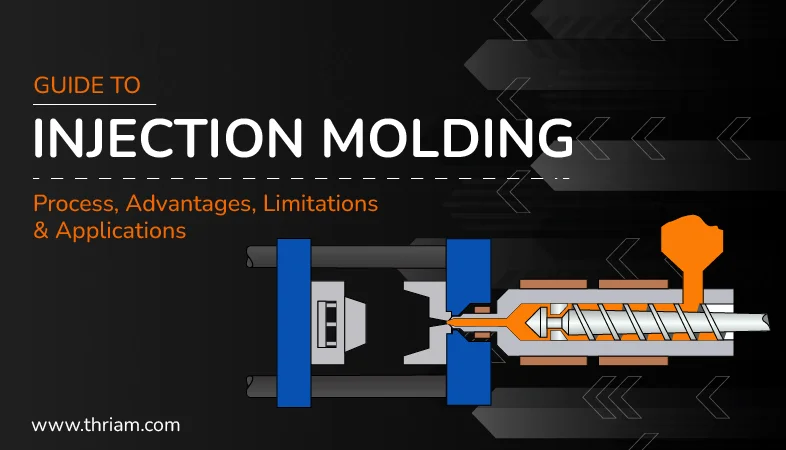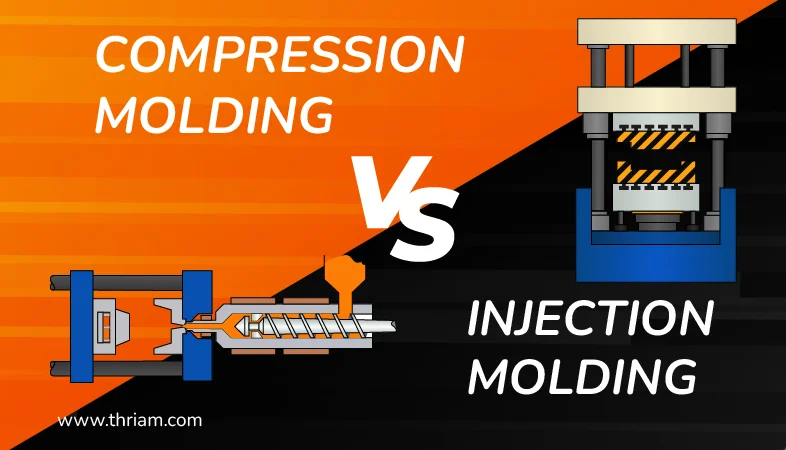From Injection to Compression: A Comprehensive Guide to Moulding Machines
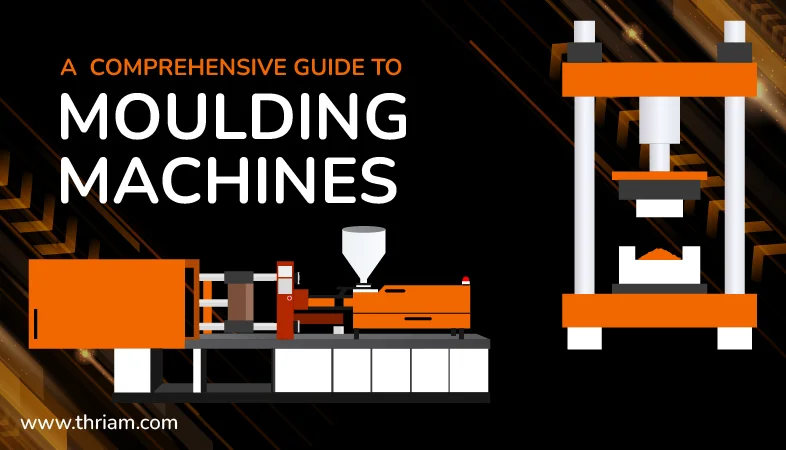
I. Introduction
Moulding machines play a crucial role in the manufacturing industry, enabling the production of complex plastic components for various applications. This comprehensive guide aims to provide an overview of moulding machines, including their types, working principles, components, considerations for choosing the right machine, safety measures, and future trends.
II. Types of Moulding Machines
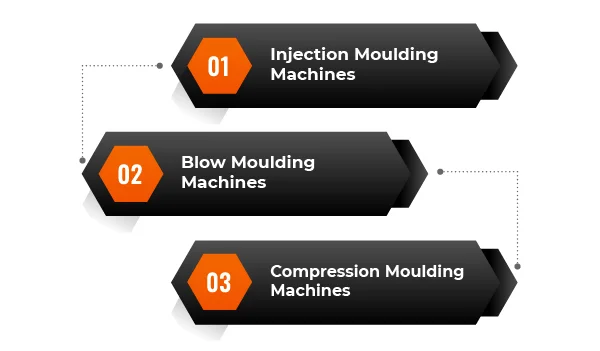
There are several types of moulding machines, each suited for specific applications:
A. Injection Moulding Machines
Injection moulding machines are widely used in the production of plastic components. This process involves injecting molten plastic material into a mould cavity, allowing it to cool and solidify to form the desired shape. Injection moulding machines offer high precision, efficiency, and versatility. They are commonly used in industries such as automotive, packaging, and electronics.
B. Blow Moulding Machines
Blow moulding machines are used to create hollow plastic components, such as bottles or containers. The process involves inflating a heated plastic tube (parison) inside a mould cavity, and then allowing it to cool and solidify into the desired shape. Blow moulding machines are ideal for mass production of plastic containers due to their high production rates and cost-effectiveness.
C. Compression Moulding Machines
Compression moulding machines are suitable for producing complex rubber or thermoset plastic components. This process involves placing the raw material in a mould cavity and applying heat and pressure until it cures and takes the desired shape. Compression moulding machines offer precise control over dimensions and are commonly used in industries like aerospace, automotive, and electrical.
III. Components of Moulding Machines
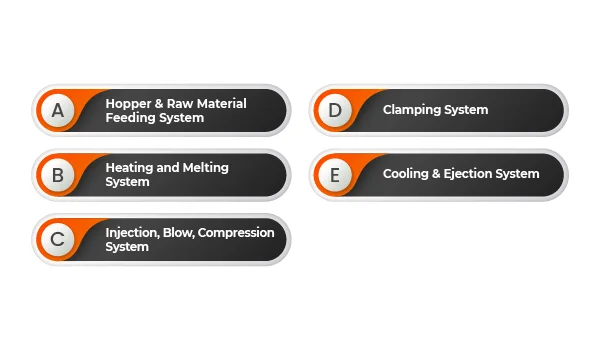
Moulding machines consist of several key components that work together to facilitate the moulding process:
A. Hopper and Raw Material Feeding System
The hopper is responsible for storing and supplying the raw material, usually in the form of plastic pellets or granules. The feeding system ensures a continuous flow of material into the machine during production.
B. Heating and Melting System
The heating and melting system consists of heaters and a screw mechanism. The heaters raise the temperature of the plastic material, melting it into a molten state. The screw then pushes the molten material forward, ensuring a consistent flow for injection, blow, or compression.
C. Injection, Blow, or Compression System
This system varies depending on the type of moulding machine. For injection moulding machines, an injection system injects the molten plastic into the mould cavity. Blow moulding machines have an inflation system to inflate the parison. Compression moulding machines use a hydraulic press to apply pressure and shape the material.
D. Clamping System
The clamping system ensures that the mould remains securely closed during the moulding process to prevent any deformations or leaks. It also provides stability and accuracy in the final product.
E. Cooling and Ejection System
After the moulding process, the cooling system helps solidify the material within the mould cavity before it is ejected. It ensures that the component retains its shape and is ready for removal.
IV. Common Working Principle of Moulding Machines
Moulding machines operate based on a common principle: heating and shaping plastic materials to form specific components. The process typically involves the following steps:
- Raw material is fed into the machine through the hopper and feeding system.
- The heating system melts the material, forming a molten state.
- The molten material is injected, blown, or compressed into the mould cavity, depending on the machine type.
- The material cools and solidifies, taking the shape of the mould.
- The mould is opened, and the component is ejected.
The working principle may vary slightly depending on the type of machine and the specifics of the moulding process.
V. Factors to Consider when Choosing a Moulding Machine
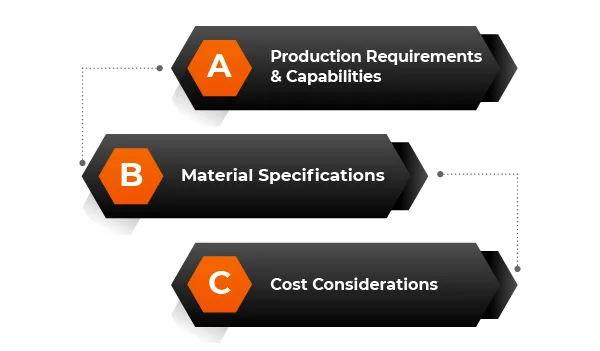
When selecting a moulding machine, it is essential to consider various factors to ensure the success of your production process:
A. Production Requirements and Capabilities
Evaluate your production goals in terms of output rates, component complexity, and desired quality. Determine if the machine can meet your production requirements efficiently.
B. Material Specifications
Consider the type of material you plan to use and its specific requirements such as melting temperature, viscosity, and flow properties. Ensure the machine is compatible with the material and capable of handling it effectively.
C. Cost Considerations
Evaluate the machine's initial cost, maintenance requirements, and overall operating expenses. Consider the return on investment and choose a machine that balances cost and performance effectively.
VI. Safety Measures and Maintenance of Moulding Machines
Safety should be a top priority when operating moulding machines. Adhere to the following safety measures:
- Ensure operators are trained on machine operations and safety protocols.
- Properly maintain and inspect machines regularly to prevent malfunctions and accidents.
- Use personal protective equipment (PPE) such as gloves, safety glasses, and ear protection where necessary.
Routine maintenance is crucial to ensure the longevity and optimal performance of moulding machines. Regularly clean, lubricate, and inspect the machines for any signs of wear or damage.
VII. Advancements and Future Trends in Moulding Machines
Moulding machines continue to evolve with technological advancements and emerging trends:
A. Automation and Industry 4.0 Integration
Automation is increasingly incorporated into moulding machines, enhancing productivity and efficiency. Industry 4.0 integration enables real-time monitoring, data analysis, and predictive maintenance, optimizing production processes.
B. New Materials and Technologies
Developments in materials and technologies allow for the use of alternative materials, such as bioplastics and composites. Additionally, improvements in heating and cooling systems contribute to more precise control over the moulding process.
VIII. Conclusion
Moulding machines are indispensable tools in the manufacturing industry, enabling the production of diverse plastic components. This comprehensive guide has provided an introduction to moulding machines, covering their types, working principles, components, considerations for choosing the right machine, safety measures, and future trends. By understanding these key aspects, manufacturers can make informed decisions when selecting and operating moulding machines, contributing to successful and efficient production processes.
